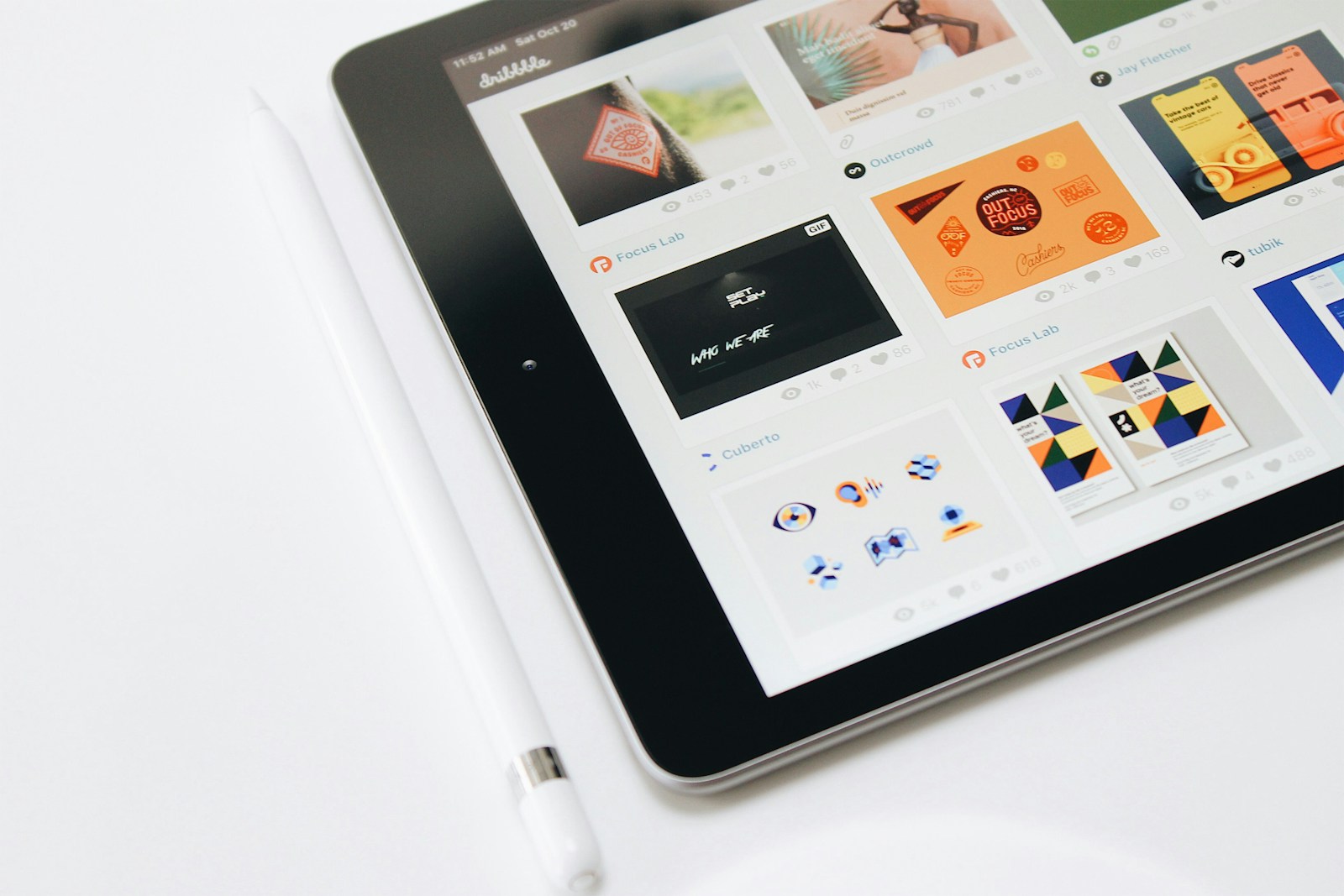The integration of 3D graphics into website user interfaces (UI) represents a frontier of untapped potential and innovation. As digital experiences become increasingly immersive, leveraging 3D graphics in website UI can not only elevate the aesthetic appeal but also enhance user engagement and interaction. Here, we delve into five groundbreaking ways to incorporate 3D graphics into website UI, promising to redefine digital boundaries and create captivating online environments.
1. Interactive Product Showcases
Imagine the power of exploring a product from every angle, zooming in on intricate details, and experiencing its texture—all without leaving the webpage. 3D graphics enable just that, transforming static product images into interactive 3D models. This application is particularly revolutionary for e-commerce sites, where the tactile experience of shopping is absent. By integrating 3D graphics, businesses can offer a near-tangible product experience online, significantly improving customer satisfaction and potentially boosting sales.
2. Immersive Storytelling
Storytelling is an art, and with 3D graphics, the canvas just got infinitely larger. Websites can now weave narratives in a spatial context, allowing users to navigate through stories in an interactive, immersive environment. This method is perfect for portfolios, brand presentations, or educational content, where engagement and information retention are key. Through 3D graphics, designers can create captivating worlds that users can explore, making the website visit an unforgettable journey rather than a mere information retrieval task.
3. Data Visualization
Data, with its inherent complexity, can be challenging to present in an engaging and understandable way. Herein lies the potential of 3D graphics to revolutionize data visualization on websites. By representing data in three dimensions, complex information becomes more accessible and digestible. Users can interact with the data, exploring different angles and layers to uncover insights that flat, two-dimensional charts could never reveal. This approach is invaluable for websites dealing with scientific research, market analysis, or any field where data plays a crucial role.
4. Real-time Personalization
Personalization is the cornerstone of modern web experiences, and 3D graphics take it to the next level. Imagine a website that adapts its UI in real-time, based on user behavior or preferences, with elements that not only change content but also shape and form. This dynamic interaction creates a deeply personal and engaging user experience, making visitors feel truly understood and valued. Whether it’s a changing landscape, morphing design elements, or interactive avatars, 3D graphics offer a canvas for creativity in personalization.
5. Educational Tools and Simulations
Education websites stand to gain immensely from the integration of 3D graphics. Complex concepts, especially in science and engineering, can be difficult to grasp through text or even videos. 3D models and simulations offer an interactive way to learn and understand these concepts by visualizing and manipulating them in a virtual space. This application not only makes learning more effective but also more enjoyable, potentially transforming the educational landscape.
SEO Optimization Strategies
To ensure this innovative use of 3D graphics in website UI reaches the widest possible audience, it’s vital to employ strategic SEO practices. Including the targeted keyword “3D graphics website UI” throughout the article, in headings, and in meta descriptions helps improve search engine visibility. Additionally, creating engaging and shareable content encourages backlinks, further boosting SEO performance. Regular updates on the latest trends in 3D graphics and UI design will keep the content relevant and maintain its rankings.
Conclusion
The integration of 3D graphics into website UI opens up a world of possibilities for enhancing user experience, engagement, and satisfaction. From interactive product showcases to immersive storytelling, and from dynamic data visualization to personalized user journeys, the potential applications are as vast as they are exciting. As web technologies continue to evolve, the creative use of 3D graphics in website UI will undoubtedly play a pivotal role in shaping the future of digital experiences.

